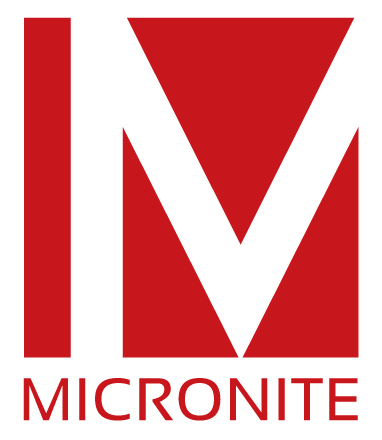Effectiveness of tool-based set-up acceptance
When you take the first sample for set-up acceptance, you want a knowledgeable forecaster assessing the potential for a problem-free production run. MICRONITE’s set-up models allows to keep sight of the downstream process. MICRONITE’s tool-oriented software functionality offers a clear and detailed analysis of initial tool ability to produce conforming parts with maximum efficiency. It is positioned to give the process a near perfect start.
Commonly used first article approval entails pass-fail decision and it does not involve statistical analysis. Single-piece inspection with “lower spec to upper spec” acceptance criterion leads to incomplete or often distorted picture of the set-up quality. For instance, it does not alert an operator when within-part variation or piece-to-piece variation (machine precision) is not acceptable. Also, there is no control over location of tool-associated characteristics being on opposite sides from the specification nominal, Obviously, these obscured and often ignored factors can play a critical role in creating problems for a downstream production run.
The fact that set-up quality has a big impact on time, yield and efficiency has led MICRONITE designers to the development of a proactive set-up control concept. Set-up control is an integral part of job control plan with importance needs to be related to the depth of the set-up knowledge. It starts from acceptance sampling, not a single-piece inspection. Model-based analysis for tool-critical and quality-critical characteristics that prompts corrective actions if necessary. The actions involve adjustments to location of shifted characteristics or correction of the CNC program. If positive results are not achieved then detailed studies of the sources variation and errors are necessary. Finally, MICRONITE accepts location and variation of characteristics, tool capability and sampling scheme for control of downstream production. Implementation of statistical assessment of the set-up sample (s) and the pre-process detection of the sources of variation moves problem solving from production run to an earlier operation stage.


